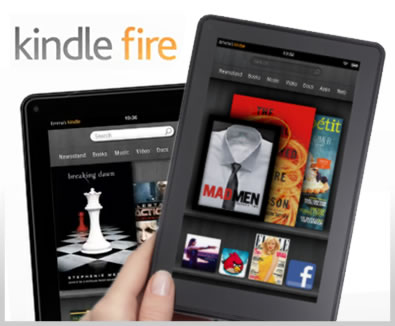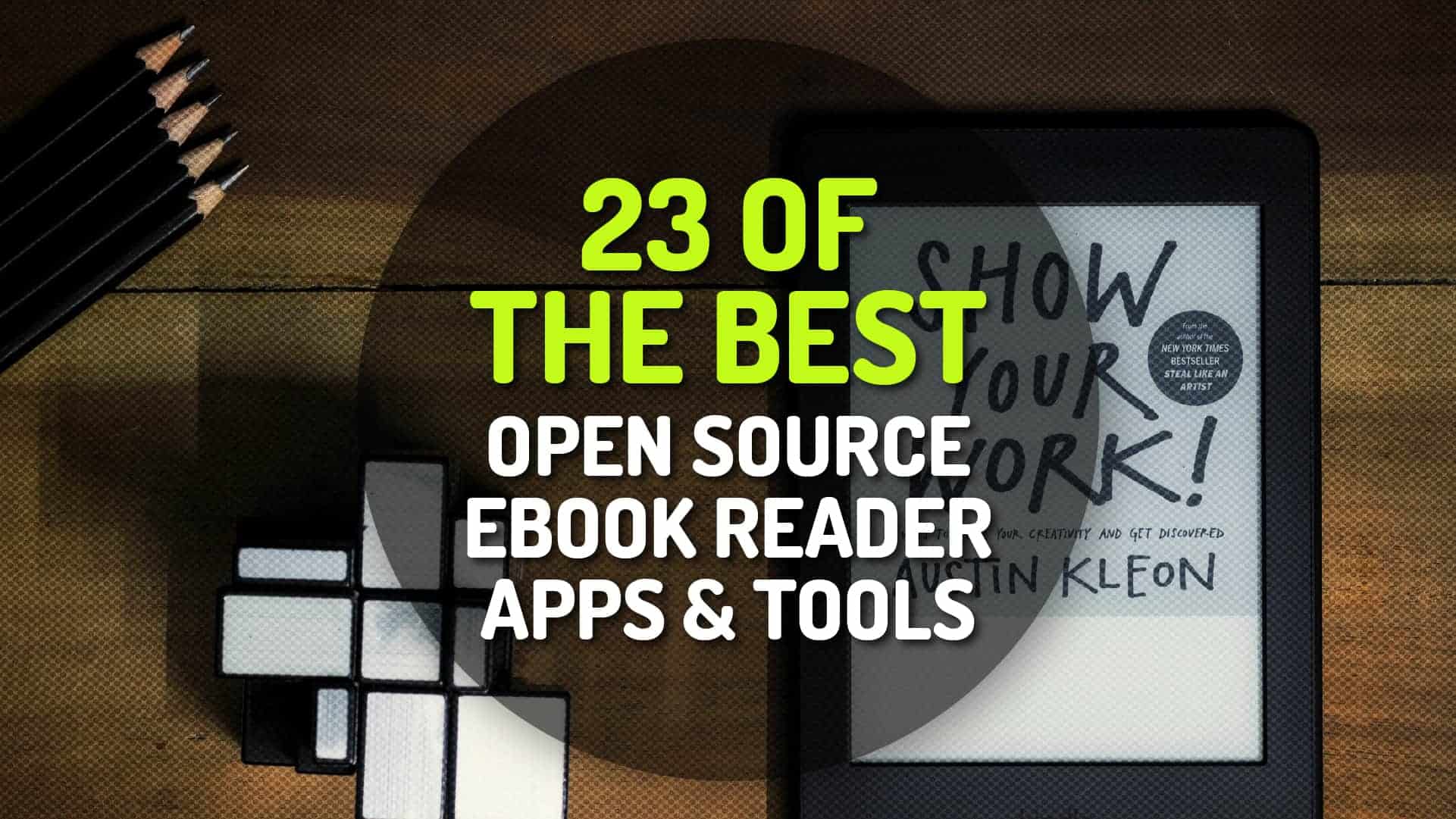
Amazon Kindle Fire: Features Review
The Amazon Kindle has been in the market since November 2007, creating a new genre in mobile computer gadgets and has taken on the market leadership with about 60% of all the 13 million eBook readers sold as of 2010. It has become seminal in creating a radical way people read. No more clumsy paperbacks. You can have thousands of digitized book titles right at palm of your hands. Enough said about the trend it created. Let’s look at the latest Kindle Fire that is creating a sensation enough to give the Apple iPad a real kick in the butt, so to speak. For $199 at the Amazon site, less than half the price of the cheapest iPad, what exactly do you get?
What’s Good About It
One touch access to movies, games, online browsing, emailing, mp3, some apps and of course, eBook reading.

First, the Kindle Fire ignites an entirely new Kindle that technophobes have been anticipating for much of the first part of 2011. Amazon positions it as its first tablet computer running on a variant of the Android 2.3 Gingerbread whose interface allows for a one touch access to movies, games, online browsing, emailing, mp3, some apps and of course, eBook reading. Gone is the paper-like grayscale quality of its E-Ink or electrophoretic display that has defined eBooks. Instead, you get a 7-inch LCD multitouch capacitive touchscreen with 1024 x 600 widescreen resolution using the same IPS (In-Plane Switching) technology in the iPhone 4 and the iPad. It even boasts of a higher resolution density of 169 pixel dots per inch, compared with the iPad’s 132.
With a dual core ARM engine under the hood, you get the fastest Tablet among tablets in the price category that includes the well-reviewed Lenovo IdeaPad A1 with a single ARM processor. But what’s really good about it is the price. At the moment, nothing beats it at that price point. The next good thing is its quick and easy access to all the media stuff over at the Amazon cloud web service, putting it above the pack of tablets in the market at any price point.
What’s Not so Good About It
No support for 3G, no camera and no microphone.
But unlike tablets, the Kindle Fire does not support 3G, no camera and no microphone so you can’t go video calling like all other tablets can. But what the heck? Do you get a tablet for that? Isn’t there such a thing called a 3G cellphone or smartphone for the purpose? Yes, but if you do your calling over VoIP like Skype, it’s great to have it on your table. The absence of a camera and a GPS can also be a turn-off. But really now, at its price point, you can’t expect all those bells and whistles. Even the Nook Color costing $249 left them out as well.
People say the 8GB internal storage is never enough for all the media materials the Kindle Fire can do. In fact, the user allotment is just 6 GB, the rest being taken up by the OS and other built-in apps. For that space, Amazon says you can store 20 movies or 800 mp3 files or 6000 eBooks. Take note: not “and”, but “or”. It gets worse when there’s no SD memory expansion card support. But that’s really Amazon’s product strategy to get its customers into its cloud computing web services that includes media streaming and unlimited Netflix like video streaming for its prime members, along with free cloud storage up to 5GB. That makes having more internal storage a little less, until your realize the free storage is limited to Amazon-sourced content only.
And for a mobile device, the Kindle Fire oddly misses out on the Bluetooth. That means you still need cables to transfer some files from your PC or smartphone with its USB 2.0 support. But you can’t use your wireless A2DP headset or speaker to listen to your movies and music, and neither can you wirelessly link to your cellphone’s GPS to take advantage of its larger screen.
Conclusion
For some people, these are good enough reasons to shy away from it. For many more, the excellent features are more than good enough for its $199 price point. You get what you pay for. And with the Kindle Fire, what you do get more than makes up for what it lacks. It’s interesting to note that many iPad users have ordered the Kindle Fire as their secondary or back up tablet.




